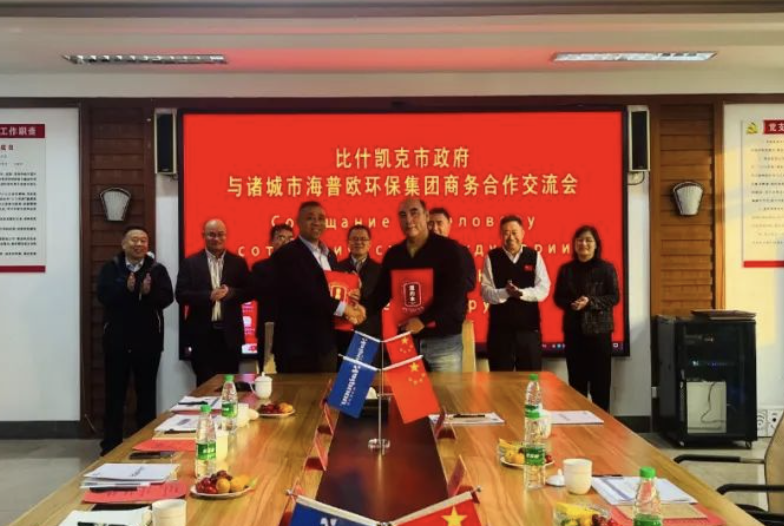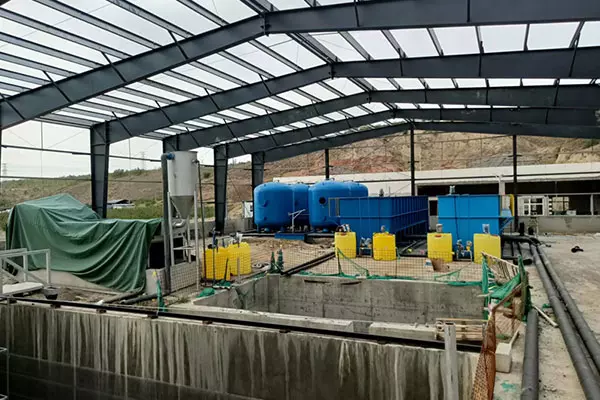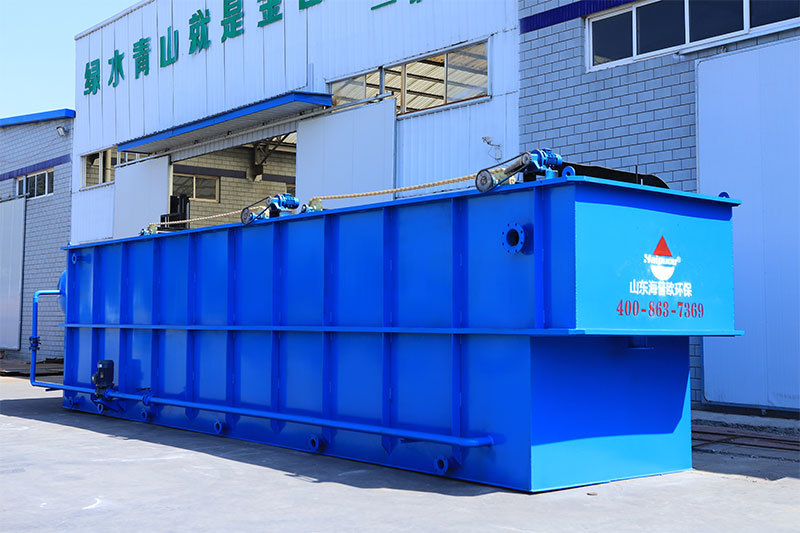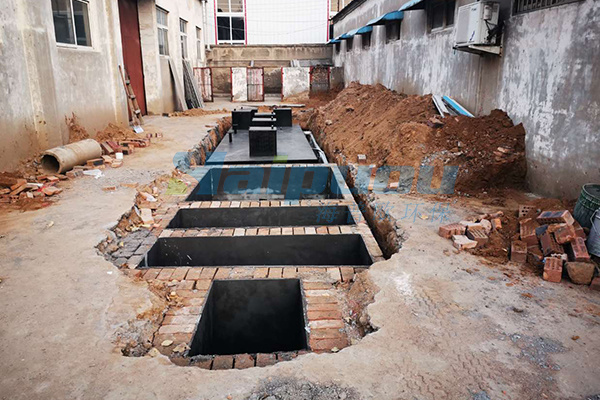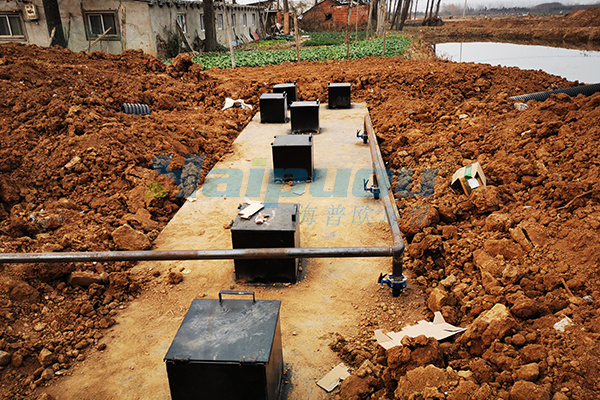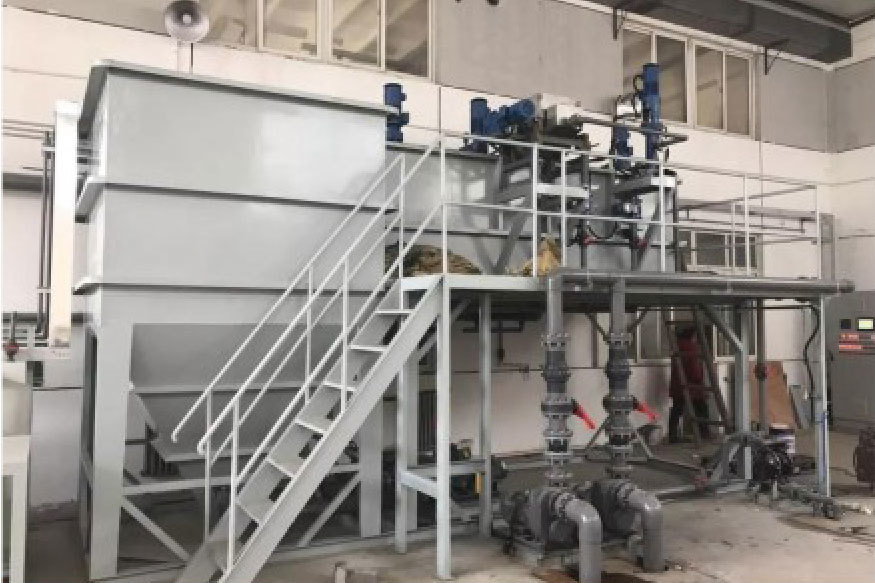News details
Understanding the Benefits and Functionality of Electrolytic Air Flotation Machines
Release time:
2024-09-18 09:00
Electrolytic air flotation machines are advanced systems utilized primarily in wastewater treatment processes, playing a crucial role in separating contaminants from water. These machines operate on the principle of electrolysis, generating microbubbles that adhere to suspended solids, making them easier to remove from the water. The process is highly effective for treating a variety of wastewater types, including industrial effluents and municipal sewage.
One of the key advantages of electrolytic air flotation machines is their high efficiency in removing oils, fats, and suspended solids. This efficiency stems from their ability to produce smaller bubbles compared to traditional flotation systems. The microbubbles formed through electrolysis create a larger surface area for attachment to solids, improving the overall separation process. As a result, these machines can achieve higher removal rates, leading to cleaner effluent being discharged.
Another significant benefit of electrolytic air flotation machines is their reduced chemical usage. Traditional water treatment processes often rely on chemicals such as coagulants and flocculants to assist in the separation of solids. However, with the electrolytic process, the need for these chemicals can be minimized or eliminated, which not only cuts costs but also lessens the environmental impact associated with chemical usage.
Moreover, electrolytic air flotation machines are relatively compact and easy to integrate into existing treatment systems. Their design allows for flexibility in installation, making them suitable for various treatment facilities, from small municipal plants to larger industrial operations. This versatility is particularly important as facilities seek to optimize their processes while adhering to strict environmental regulations.
In addition to their operational efficiency, these machines also contribute to improved sludge management. The concentrated sludge produced during the flotation process is easier to handle and dispose of, which can lead to lower operational costs for treatment facilities. Furthermore, the reduction in sludge volume can enhance the overall sustainability of the wastewater management system.
In terms of maintenance, electrolytic air flotation machines are designed for ease of use. Regular maintenance practices can ensure optimal performance and longevity of the equipment. Facilities that invest in these machines often find that they require less frequent repairs and downtime, ultimately leading to increased productivity.
In summary, electrolytic air flotation machines represent a significant advancement in wastewater treatment technology. Their efficiency, reduced chemical usage, compact design, and improved sludge management make them an attractive option for facilities looking to enhance their wastewater treatment processes. As the demand for cleaner water and sustainable practices continues to grow, the role of these machines in municipal and environmental sanitation machinery will undoubtedly become increasingly important.
One of the key advantages of electrolytic air flotation machines is their high efficiency in removing oils, fats, and suspended solids. This efficiency stems from their ability to produce smaller bubbles compared to traditional flotation systems. The microbubbles formed through electrolysis create a larger surface area for attachment to solids, improving the overall separation process. As a result, these machines can achieve higher removal rates, leading to cleaner effluent being discharged.
Another significant benefit of electrolytic air flotation machines is their reduced chemical usage. Traditional water treatment processes often rely on chemicals such as coagulants and flocculants to assist in the separation of solids. However, with the electrolytic process, the need for these chemicals can be minimized or eliminated, which not only cuts costs but also lessens the environmental impact associated with chemical usage.
Moreover, electrolytic air flotation machines are relatively compact and easy to integrate into existing treatment systems. Their design allows for flexibility in installation, making them suitable for various treatment facilities, from small municipal plants to larger industrial operations. This versatility is particularly important as facilities seek to optimize their processes while adhering to strict environmental regulations.
In addition to their operational efficiency, these machines also contribute to improved sludge management. The concentrated sludge produced during the flotation process is easier to handle and dispose of, which can lead to lower operational costs for treatment facilities. Furthermore, the reduction in sludge volume can enhance the overall sustainability of the wastewater management system.
In terms of maintenance, electrolytic air flotation machines are designed for ease of use. Regular maintenance practices can ensure optimal performance and longevity of the equipment. Facilities that invest in these machines often find that they require less frequent repairs and downtime, ultimately leading to increased productivity.
In summary, electrolytic air flotation machines represent a significant advancement in wastewater treatment technology. Their efficiency, reduced chemical usage, compact design, and improved sludge management make them an attractive option for facilities looking to enhance their wastewater treatment processes. As the demand for cleaner water and sustainable practices continues to grow, the role of these machines in municipal and environmental sanitation machinery will undoubtedly become increasingly important.
Electrolytic air flotation machine
Pre
Related news
Contact: +86 18016210178 (Ms.Liu)
Add:No.56, Donghuan Road, Zhucheng City, Weifang City, Shandong Province
License



